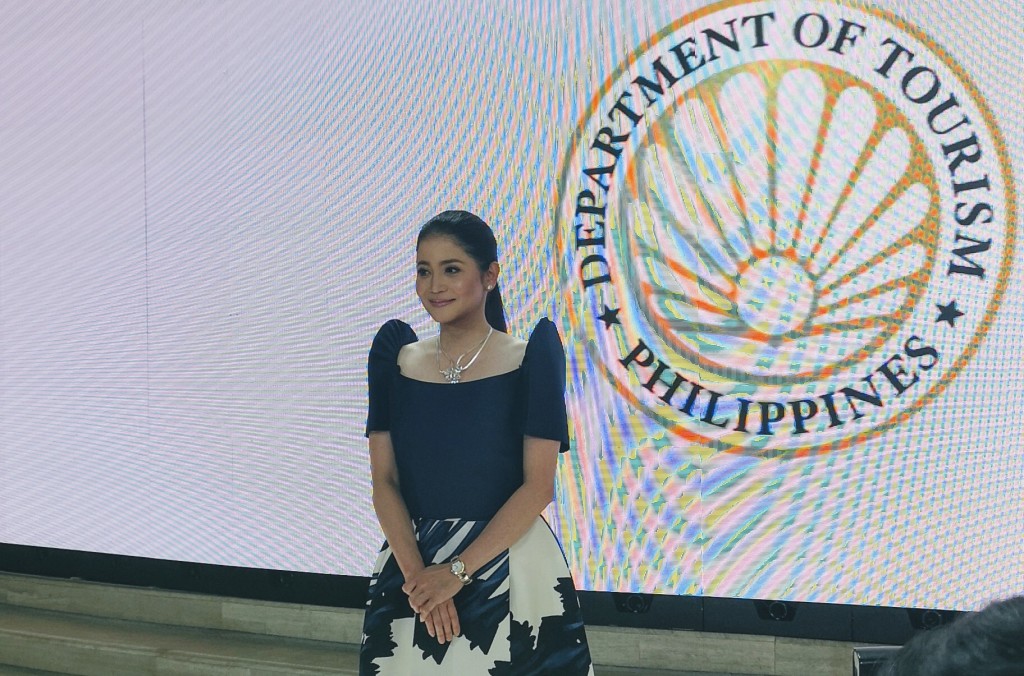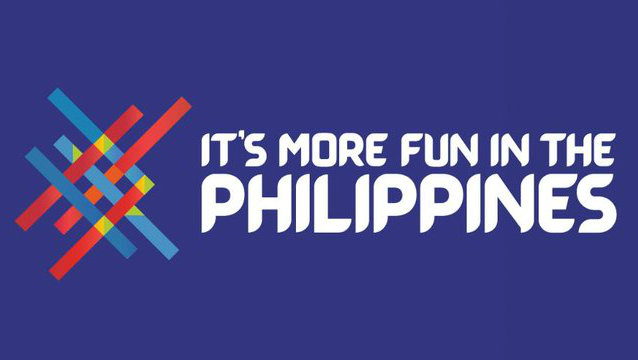By JOSE PAOLO S. DELA CRUZ
For the Department of Tourism, it still is. The government agency projects a rosy outlook, as Secretary Berna Romulo Puyat vows to put every effort into meeting its target of welcoming 8.2 million foreign tourists to the country this year.
The DOT’s weapon of choice: ‘It’s more fun in the Philippines.’ “I believe in continuity. Other countries never changed their tourism slogans. I believe it works and the Philippines has embraced the hashtag,” said Romulo-Puyat, noting that there are currently 4.3 million social media posts using #ItsMoreFuniInThePhilippines.

Sure, you’ve heard it before. But that’s not to say it’s the same campaign. In fact, the popular tourism tagline now comes with a few new elements that give it a fresh, more relevant spin. Here’s a lowdown on what exactly we are getting.
A piece of the action:
“It’s a 100% crowd-sourced campaign made entirely by people who have experienced firsthand why it’s more fun in the Philippines,” said Secretary Romulo-Puyat, as she explained how the new campaign is grounded in sustainability. This means that the DOT will use 100-percent crowdsourced materials from tourists who use the hashtag “It’s more fun in the Philippines.” Aside from having the chance to be part of the tourism campaign, every image that the DOT releases (with the permission of the owner, of course), also comes with brownie points for the environment.
“When we asked the owners of the photos for permission, they said they didn’t want to be paid for it. Still, we are donating USD 10 to the World Wide Fund for Nature (WWF) in their name, as part of the sustainability efforts,” said Romulo-Puyat.
Barabara: A new font
To capture the spirit of participation, the Department of Tourism also introduced a new design system that is rooted in traditional motifs & colors. A custom-made font called “Barabara” has been created—and made free-for-use—drawing on the Filipino style of hand-painted lettering. Supporting this, a new logo, inspired by local woven textiles, is the core of a fresh graphic identity system that symbolizes a fun, contemporary, and more sustainable tourism offering. The new logo also features a weave of colors “that signify characteristics unique to the Philippines.”
More fun forever
The new campaign is grounded in sustainability—zero commissioned footage equals a smaller carbon footprint. Instead, the supplied images were recognized through contributions made towards the preservation of the Philippines’ natural resources. By using 100% crowd-sourced material, everyone who took part has helped create the country’s most sustainable tourism campaign to date.
Catriona Gray?
Well, no details on this one yet, but the Tourism Chief also revealed that the DOT will meet with Miss Universe 2018 Catriona Gray, to explore possible collaborations with the beauty queen. Catriona has previously expressed her interest in promoting tourism, even long before she won the coveted crown.

A more optimistic, yet tougher DOT
Asked if there are closures to be expected in tourist areas such as Siargao, Panglao, El Nido, Sagada and more, Romulo-Puyat said that all efforts are currently focused on rehabilitation and not closure. She also refused to name establishments that are suspected of violating environmental laws in tourist spots, saying that it’s only fair to “give them a chance to comply.”

Still, the Tourism Chief did not mince words when she issued a stern warning. “If they do not comply after six months, we will determine the next step. Wag na nila hintaying mangyari ang di dapat mangyari, (Don’t make something that’s not supposed to happen, happen).”





